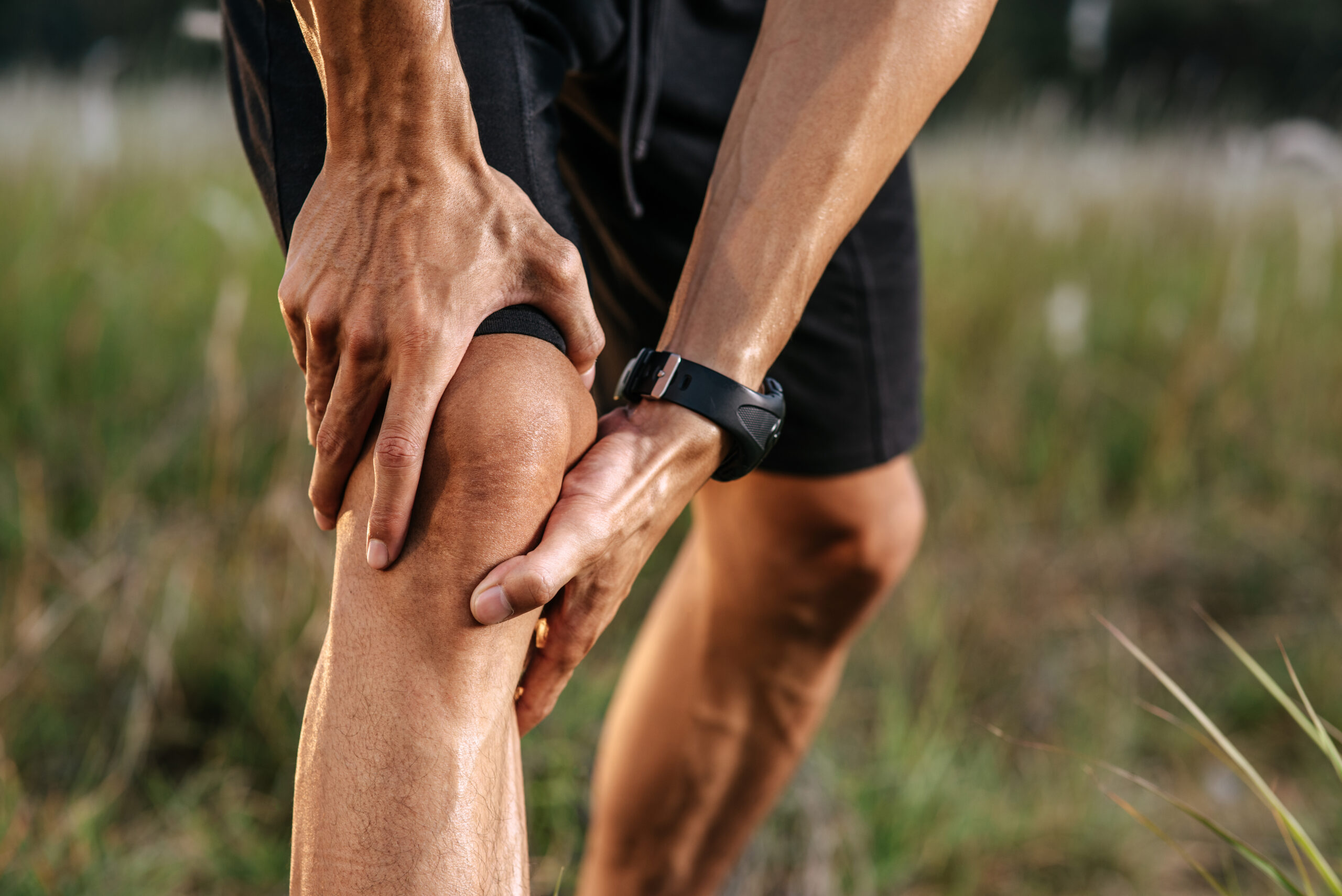Knee injuries can slow anyone down, and knee pain can make even simple activities feel harder. They affect athletes, active teens, busy parents, and weekend adventurers. One common and serious knee injury is an ACL tear. This injury often happens during quick pivots, jumps, or rapid changes in direction. As a result, pain, swelling, and instability often appear, which can add to everyday knee discomfort. Recovery often requires months of rehabilitation and targeted knee pain relief strategies. Surprisingly, many people do not realize most ACL injuries are non-contact. Instead, these injuries often come from movement mechanics that overload the knee.
Fortunately, research shows proper training can prevent nearly half of ACL injuries and also reduce ongoing knee pain. Therefore, focused strength, balance, and movement training makes a big difference.

Visit Midland Sports Rehab for ACL Injury Prevention/Recovery and Knee Pain Relief
Understanding ACL Injuries
The ACL is a key stabilizer inside the knee. It prevents the shinbone from sliding forward. It also controls twisting motion. Tears can occur when the knee collapses inward during landing or cutting. They can also occur when weak hips and core limit leg control. Additionally, tears can happen when fatigue disrupts coordination. Even people who do not play sports can be at risk. For example, long hours of sitting can weaken posture. Sudden directional changes in daily life can also stress the knee. Over time, reduced joint control and flexibility increase vulnerability. However, proactive care keeps your knees strong and resilient.
Proven Ways to Prevent ACL Injuries
At Midland Sports Rehab, we value prevention and recovery equally. Effective prevention programs build strength, stability, and better movement patterns. As a result, these programs support the knees and nearby joints.
- Strength and Stability
Strong glutes, hips, and core muscles protect the knees. Exercises like squats and lunges build this strength. With correct form, your body absorbs impact safely and reduces ACL strain. - Balance and Neuromuscular Control
Agility drills improve quick and safe movement responses. Likewise, single-leg balance work enhances your body’s stability. This training teaches your nervous system to activate support muscles. - Safe Jumping and Landing Mechanics
Learning soft landings reduces ligament stress. In addition, keeping knees over toes improves alignment. Practicing controlled landings also boosts power and coordination. - Movement Assessments
Everyone moves differently. Therefore, a movement screen finds hidden imbalances. These imbalances may include hip weakness or limited mobility. - Recovery and Flexibility Work
Mobility work is essential for joint health. Stretching supports full joint motion. Likewise, good flexibility protects the knee from extra strain.

Visit Midland Sports Rehab for ACL Injury Prevention/Recovery and Knee Pain Relief
Conclusion
At Midland Sports Rehab, we help you move confidently, powerfully, and pain-free. Our team develops personalized care plans built around your lifestyle, sport demands, and long-term goals. We begin by identifying the root causes of knee stress, including muscle imbalances, movement inefficiencies, reduced stability, and weaknesses that increase ACL injury risk. From there, we create targeted strength, stability, and mobility programs designed to correct faulty mechanics and build a stronger, more resilient knee.
Using advanced, evidence-based techniques, we help you improve neuromuscular control, enhance joint stability, and restore proper movement patterns—key factors in preventing ACL tears and reducing chronic knee pain. These services not only support recovery after injury, but more importantly, help protect your knees from future strain so you can stay strong and active.
📞 Ready to take the next step? Call 989.341.1070 today or book online to schedule your acupuncture consultation at our Midland clinic.

